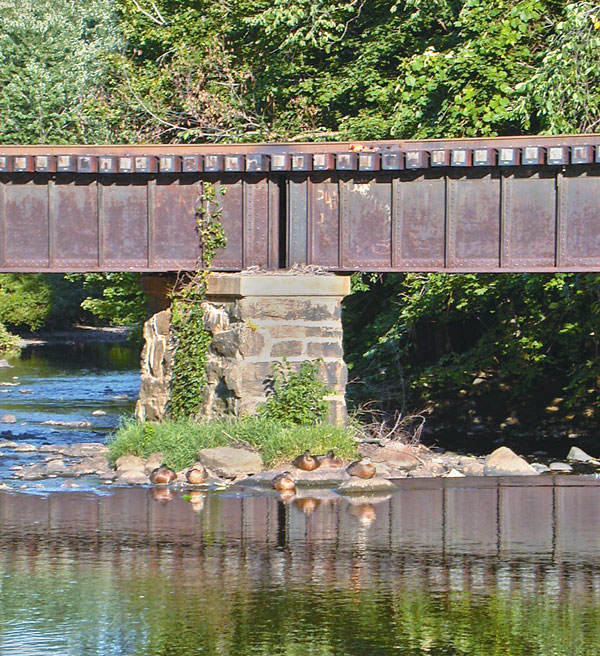Carmela Pereira
Real Estate Professional
Realty Executives Elite Homes
Introduction
Nestled in Morris County, New Jersey, the borough of Rockaway stands as a testament to the rich historical tapestry that has shaped the region over the centuries. Situated along the banks of the scenic Rockaway River, this charming community carries a heritage steeped in the legacy of early settlers, industrial development, and a resilient spirit that has withstood the test of time. Join us as we embark on a journey through the captivating history of Rockaway Borough, NJ.
Early Settlement and Industrial Growth
The story of Rockaway Borough begins with its early settlement by the Lenape Native Americans, who revered the natural beauty and abundant resources found in the area. European colonizers arrived in the 18th century, with Rockaway becoming a part of Morris County in 1759. The town's strategic location along the river facilitated the growth of early industries, including mills, forges, and tanneries, harnessing the power of the river to drive economic progress.
The Industrial Revolution brought significant changes to Rockaway Borough. Ironworks, such as the famous Split Rock Furnace, emerged as major contributors to the local economy, harnessing the rich iron ore deposits found in the region. The iron produced in Rockaway fueled the expansion of railroads, helped construct iconic landmarks like the Brooklyn Bridge, and played a crucial role in the country's infrastructure development.
Transformation into a Borough
Incorporated as a borough in 1894, Rockaway experienced a period of rapid growth and urbanization. The arrival of the Morris Canal in the early 19th century further enhanced the area's industrial potential, connecting it to major trade routes and enabling the transportation of goods. The bustling town attracted new residents, businesses, and institutions, laying the foundation for a thriving community.
Notable Landmarks and Architecture
Rockaway Borough boasts a range of architectural gems that harken back to its historic past. The
Ford-Faesch Manor House, a magnificent Georgian-style mansion built in 1768, stands as a testament to the area's colonial heritage. This well-preserved landmark now serves as the borough's municipal building and museum, offering visitors a glimpse into the town's history.
Additionally, the Rockaway River Historic District showcases a collection of charming Victorian-era homes, reflecting the architectural styles of the late 19th and early 20th centuries. These architectural treasures lend the borough a unique character, creating an ambiance that bridges the gap between the past and the present.
Modern Community and Preservation Efforts
As time progressed, Rockaway Borough evolved into a vibrant community, characterized by a strong sense of camaraderie and civic pride. Residents have worked diligently to preserve the borough's historic charm while embracing modern amenities and advancements.
The Rockaway River Canal and Greenway project exemplifies the community's commitment to preserving its natural beauty. 
Conclusion
Rockaway Borough, NJ, is a testament to the resilience of a community that has weathered the tides of time. From its humble beginnings as a Lenape settlement to its pivotal role in the Industrial Revolution, the borough has witnessed transformative changes while retaining its historical essence. With a blend of architectural treasures, a vibrant community spirit, and a commitment to preserving its heritage, Rockaway Borough stands as a testament to the strength of a small town with a rich past.
As visitors and residents explore the charming streets of Rockaway Borough, they will undoubtedly uncover the layers of history that have shaped this exceptional community, creating a lasting legacy for future generations to appreciate and cherish.